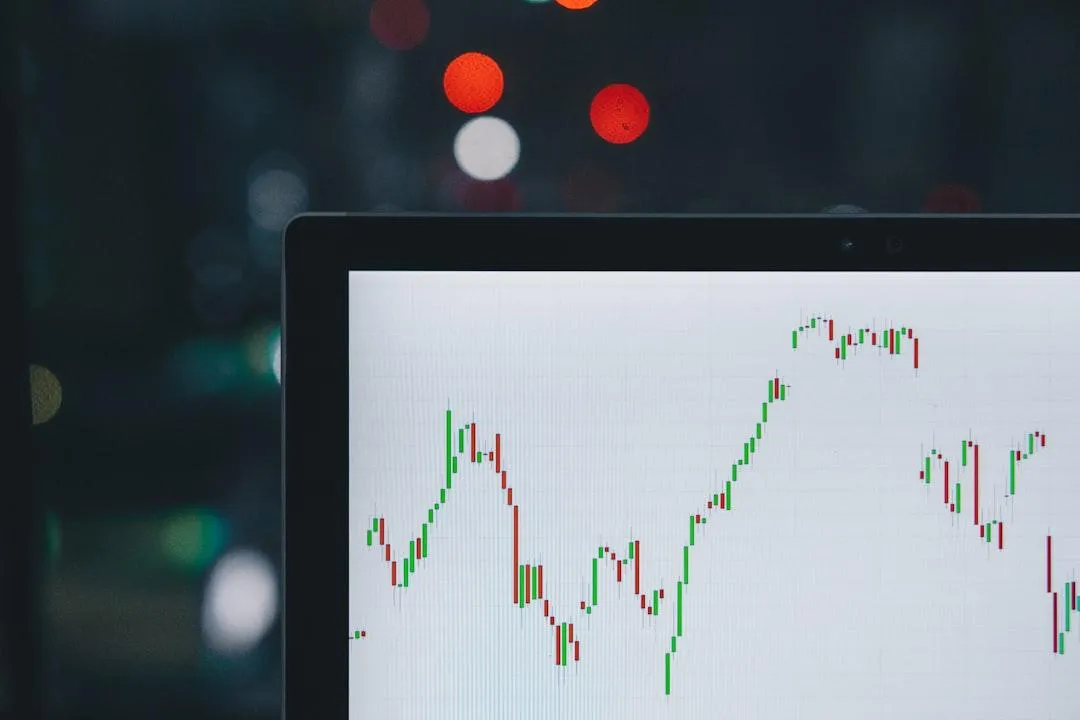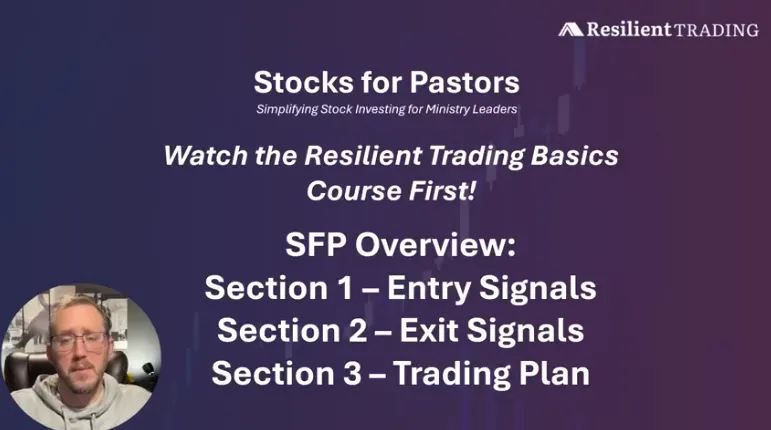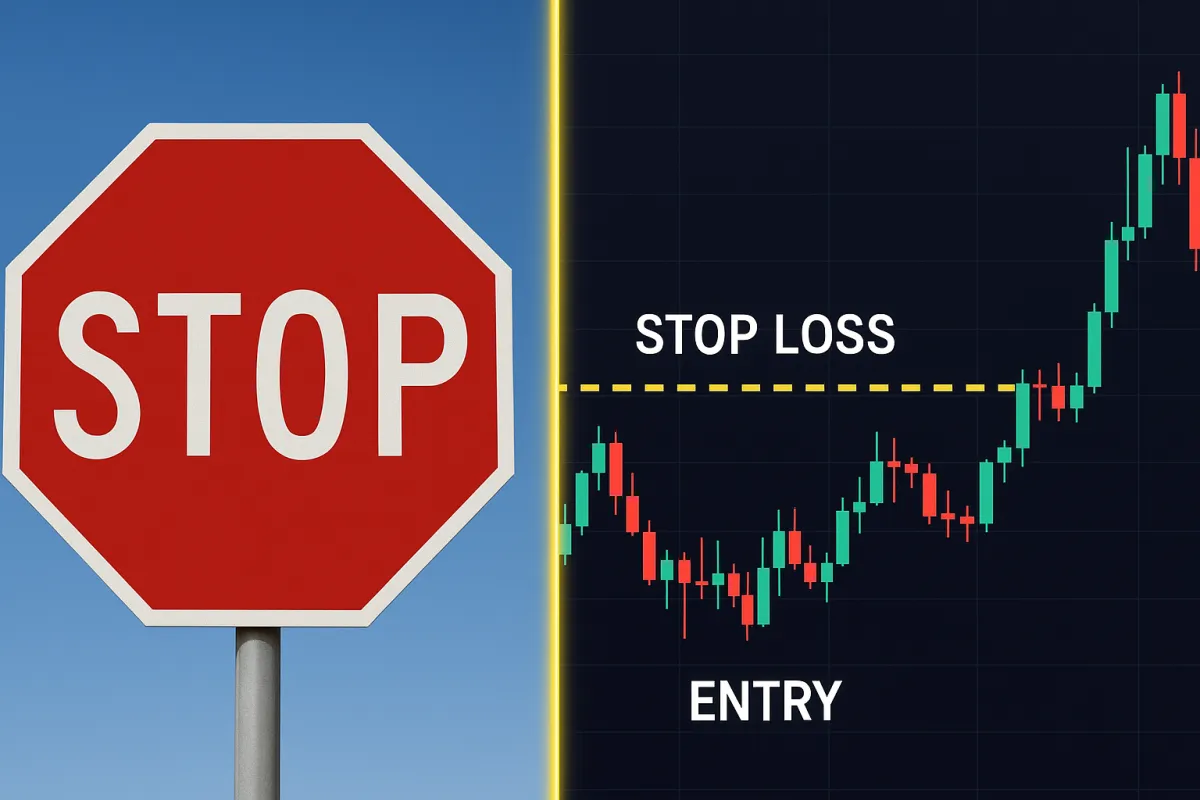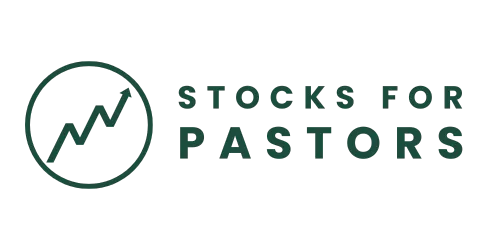Learn two beginner-friendly strategies, follow weekly alerts, and join a community that helps you see $100–$300/month potential without overwhelm.
Build the Skills to Trade Confidently and Create Steady Income

Let’s Talk About the Quiet Financial Pressure Most Pastors Carry
You’re not lazy. You’re not irresponsible.
You’ve just been so focused on helping others that your own financial future got pushed to the side. Maybe…
You’ve contributed to a retirement account here and there, but it’s nowhere near enough.
You’ve looked at the stock market before and thought, “I don’t have time to figure this out.”
You’ve wondered if you’ll have to keep working long after you want to stop, just to make ends meet.
You’ve even considered a second job or side hustle... but the thought of it wears you out.
You're not alone.
Thousands of pastors are in the same boat and they're quietly anxious about what the future holds.
But here's the truth:
You don’t need more time or more stress. You just need a smarter way to grow what you already have.
It’s a simple, proven investing system designed specifically for pastors who want to build wealth for the long haul; without financial stress, guesswork, or complicated strategies.

You don’t need a finance degree. You don’t need thousands of dollars.
All you need is a desire to take control of your future, and a guide who understands your world.
What You’ll Gain
Clarity on exactly when to enter and exit trades
Two proven strategies that fit into your schedule
Monthly watchlist of high-probability stock setups
Weekly trade alerts so you can follow along with confidence
Supportive community to keep you motivated and learning
Direct answers when you have questions
Why New Traders Succeed Faster in Foundations
Built by a pastor who understands the financial challenges ministry leaders face
Strategies tested and refined with years of real-world results
A step-by-step learning path that meets you where you are
A community that values wisdom, stewardship, and intentional growth

While nothing is guaranteed in trading and there is always a risk of losing, many members report seeing $100–$300/month potential within their first few months of joining. The real win is gaining the skills and confidence to make disciplined, repeatable trades.
PRICING
Choose Your Plan
Foundations
$97/mo
Beginner-friendly video course that walks you through every step
Monthly seasonal watchlist of high-probability stocks
Real-time trade alerts for SLM and MIS strategies
Access to member community
Downloadable checklists, templates, and guides
Up to 3 questions per month, responses within 48 hours
Seasonal Leverage Method course
Monthly Income Strategy course
Cash Flow Collective Course
Double Canopy Strategy Course
Monthly live group coaching calls
2 free months
1:1 onboarding video chat and initial coaching session

No contracts - cancel anytime
Income Accelerator
$197/mo
Beginner-friendly video course that walks you through every step
Monthly seasonal watchlist of high-probability stocks
Real-time trade alerts for all four strategies
Access to member community
Downloadable checklists, templates, and guides
Unlimited questions, priority same-day response
Seasonal Leverage Method course
Monthly Income Strategy course
Cash Flow Collective course
Double Canopy Strategy course
Monthly live group coaching calls
2 free months
1:1 onboarding video chat and initial coaching session

No contracts - cancel anytime
Get 2 Mo FREE
$1,970/yr
Beginner-friendly video course that walks you through every step
Monthly seasonal watchlist of high-probability stocks
Real-time trade alerts for all four strategies
Access to member community
Downloadable checklists, templates, and guides
Unlimited questions, priority same-day response
Seasonal Leverage Method course
Monthly Income Strategy course
Cash Flow Collective course
Double Canopy Strategy course
Monthly live group coaching calls
2 free months
1:1 onboarding video chat and initial coaching session

No contracts - cancel anytime
What Members are saying

“I never thought investing was something I could do, but this gave me confidence, clarity, and a clear path forward.”
Joel S.

“My account has nearly doubled in 18 months since I started with Stocks for Pastors.”
Eric B.

“Michael’s course has helped me see a clear path to advance my family financially. It is doable and attainable- exactly like he said it would be."
Dave C.
Start Building Your Trading Foundation Today
Learn two simple strategies, follow weekly trade alerts, and join a supportive community that helps you grow with confidence.
Read Our Latest Blogs
Lorem ipsum dolor sit amet, consectetur adipiscing elit.

Why You Need a Pre-Defined Stop (and How to Set It)
Most traders focus on entries and targets but ignore the middle, the place where risk lives. That’s a mistake. Not having a pre-defined stop is gambling, not trading. A stop is not just a safety net; it’s part of your strategy. It protects your capital, your mindset, and your ability to stay in the game long enough to grow. When you plan a trade, think of the stop as the anchor that keeps your strategy grounded. It defines your maximum acceptable loss before emotion can take over and helps ensure you can trade again tomorrow even if this position fails. Over time, this discipline compounds by protecting your account from ruin, sharpening your analysis, and freeing mental bandwidth so you can focus on execution instead of survival.
Why Stops Matter
The best traders in the world think about risk before reward. They know that if you can’t define your downside, your upside doesn’t matter. Every trade carries uncertainty, no matter how good the setup looks. A stop-loss defines where you are wrong and limits how much you can lose when that happens. Without it, small mistakes can turn into major drawdowns. Experienced traders also understand that stops give them more freedom, not less, because they remove the fear of being trapped in an uncontrolled move. Knowing your stop is in place lets you commit fully to the trade without hesitation, allowing better focus on execution and follow-through.
Stops also protect your emotional capital. Once you set it, the decision is made. You don’t have to second-guess or panic when price moves against you. It removes stress and lets you trade your plan instead of your emotions. This emotional discipline compounds over time, building the kind of calm consistency that separates professional traders from those constantly reacting to every tick. When your stop is planned and respected, your decisions improve, your learning accelerates, and your confidence grows with each well-managed trade.
Where Most Traders Go Wrong
New traders often set stops based on how much money they feel comfortable losing instead of where the market structure says the trade is wrong. Others avoid stops altogether, hoping price will turn around. That approach might work once or twice, but over time it guarantees ruin. The market doesn’t reward hope; it rewards discipline. To trade professionally, you have to think in probabilities and structure, not feelings. The stop must be where your original trade idea is no longer valid, where market action proves you wrong, not just where you feel discomfort. Setting stops this way turns losses into useful feedback instead of emotional pain, because each one reinforces that your system is working as designed.
Another mistake is setting stops too tight. If your stop is inside the normal noise of price movement, you’ll get shaken out even when your setup is valid. Instead of allowing the trade space to play out, you end up donating small losses repeatedly, mistaking volatility for invalidation. A properly placed stop considers volatility, structure, and time frame. The goal is not to avoid every small loss. It is to stay alive for the big wins that follow the plan and to give your setups the room they need to unfold naturally without emotional interference.
How I Set My Stops
I start with structure. Every chart tells a story, and the stop belongs at the point where that story breaks.
Swing highs and lows: For bullish trades, my stop goes just below the most recent swing low. For bearish trades, just above the swing high.
VWAP and key levels: I use anchored VWAP to identify zones where institutions are likely defending positions. If price breaks that level, it’s a sign that control has shifted.
ATR multiples: I use the Average True Range to account for volatility. A stop one to one and a half times the ATR away from entry gives the trade room to breathe without being reckless.
Before I enter, I calculate position size so the dollar risk of that stop fits within my rules, usually no more than one percent of account equity per trade. That way, I can take multiple trades and still sleep well at night.
How to Avoid Being Shaken Out Early
Even the best stop can fail if you manage it emotionally. The key is to trust your placement. Don’t move it tighter just because the trade is taking longer than expected or because you feel nervous watching small fluctuations. Give the setup time to breathe, and remember that the stop was chosen for a reason. Only adjust your stop when the market gives you a technical reason such as a new swing point forming, a clear shift in structure, or volatility expanding in a way that changes the chart’s story. This approach requires patience and faith in your preparation.
Trailing stops can help protect gains once a trade moves in your favor, but they should follow logic, not fear. For example, I might trail under higher lows in an uptrend or behind VWAP as price extends. As momentum builds, I sometimes widen the trail slightly to avoid premature exits, allowing the trend to mature while still keeping profits protected. A thoughtful trailing stop should move strategically with the market’s rhythm rather than reacting emotionally to every uptick or downtick.
The Mindset Behind Good Stops
Stops are not about fear; they are about control. You can’t control what the market does, but you can control how much you lose. Every great trader accepts small losses as part of the game. What they don’t accept is losing discipline. If you treat every trade as a lesson in risk management, consistency follows.
Final Word
Trading without a stop is like driving without brakes. You might be fine for a while, but eventually something unexpected will happen. The traders who last are the ones who define their exits before they enter. Set your stops based on structure, not emotion, and you’ll turn uncertainty into strategy. If you want to learn how to apply these risk rules in your own trades, join the free bootcamp where I teach practical methods for setting stops, managing risk, and building consistency in every market condition.



